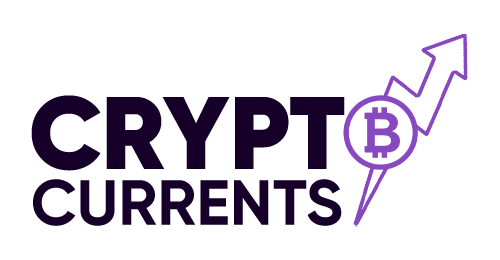
The Future of Mobile: Exploring Helium as an Alternative Amid AT&T Outages
In the ever-evolving landscape of telecommunications, disruptions like the recent AT&T outages have sparked discussions about viable alternatives. One such contender gaining attention is Helium Mobile, a decentralized network offering promising solutions. In this article, we delve into the implications of recent outages, the emergence of Helium, and its potential impact on the mobile industry.
1. Understanding the AT&T Outages
- The recent AT&T outages left users nationwide grappling with service disruptions, highlighting vulnerabilities within traditional telecom infrastructure.
- Widespread reports of service failures, including the inability to make or receive calls, underscored the urgency for resilient alternatives.
- Major metropolitan areas like San Francisco, Los Angeles, and Houston were among the most affected, with even emergency services experiencing disruptions, raising concerns about public safety.
2. Enter Helium Mobile: A Decentralized Solution
- Helium Mobile emerges as a disruptive force in the telecom realm, offering a decentralized approach to mobile connectivity.
- Leveraging blockchain technology and a mesh network of wireless devices, Helium presents a compelling alternative to conventional mobile towers.
- Helium’s unique model incentivizes users through token rewards, fostering community engagement and participation in network expansion.
3. Helium Token: A Lucrative Investment Opportunity
- The recent listing of Helium’s token on Coinbase has ignited interest among investors, signaling potential growth and value appreciation.
- With rewards tied to network usage and expansion, Helium tokens offer not only financial incentives but also serve as a means to democratize access to mobile connectivity.
4. Security and Reliability: Helium’s Value Proposition
- Helium Mobile addresses security concerns prevalent in traditional mobile networks, particularly vulnerabilities associated with SIM swaps.
- Multi-factor authentication and decentralized infrastructure enhance the resilience and reliability of Helium’s network, mitigating risks of service disruptions.
5. Partnerships and Growth Prospects
- Collaborations with industry giants like Google Pixel underscore Helium’s mainstream appeal and potential for widespread adoption.
- Incentives such as extended service subscriptions and discounts further incentivize users to embrace Helium’s network, driving its expansion and ecosystem growth.
6. The Road Ahead: Opportunities and Challenges
- As Helium continues to disrupt the mobile industry, challenges such as network scalability and regulatory compliance remain pivotal considerations.
- However, the promise of a decentralized, community-driven mobile network presents unprecedented opportunities for innovation and inclusivity.
In the wake of recent telecom disruptions, the emergence of Helium Mobile offers a beacon of hope for a more resilient and equitable mobile future. With its decentralized approach, token incentives, and strategic partnerships, Helium stands poised to redefine the way we connect and communicate in the digital age. As we navigate the complexities of modern telecommunications, embracing disruptive solutions like Helium could pave the way for a more connected and empowered society.


![THESE BITCOIN WHALES JUST FOOLED EVERYONE! [Exact strategy....]](https://www.cryptocurrents.net/wp-content/uploads/2024/08/these-bitcoin-whales-just-fooled-everyone-exact-strategy-WhgubJxMmeA-796x445.jpg)

![WARNING: EVERY BITCOIN BEAR WILL BE LEFT CRYING [Huge chart.....]](https://www.cryptocurrents.net/wp-content/uploads/2024/08/warning-every-bitcoin-bear-will-be-left-crying-huge-chart-jgadWvvgEJw-796x445.jpg)

